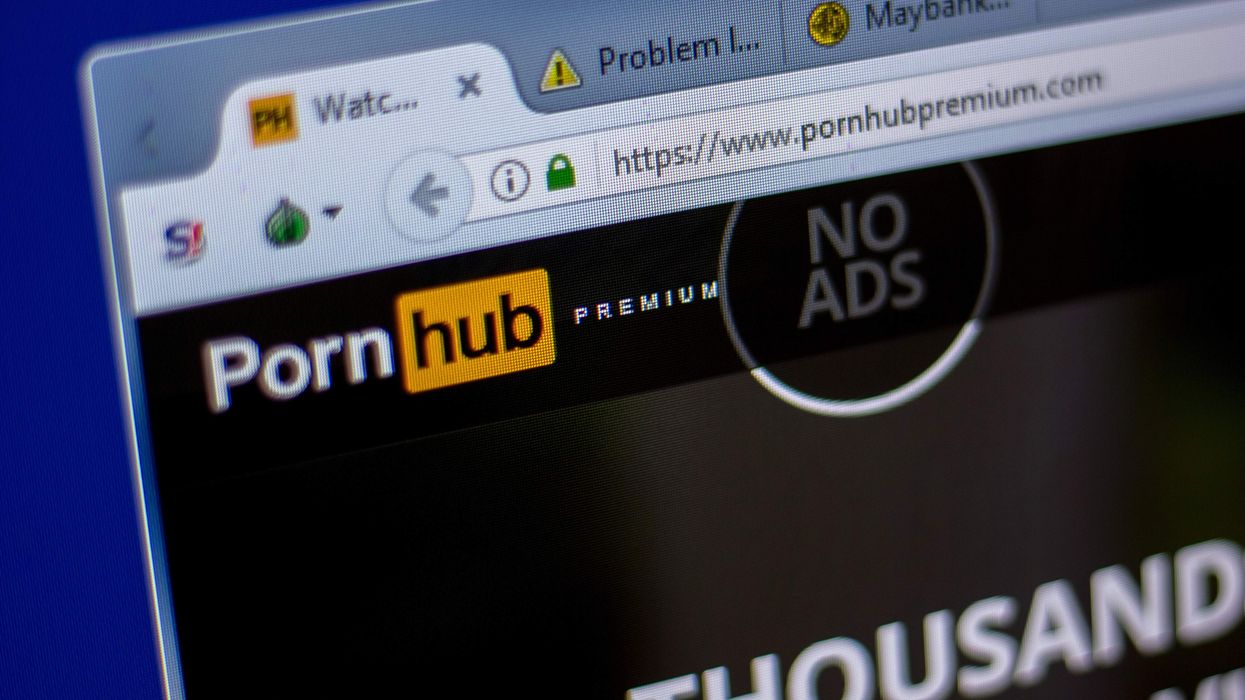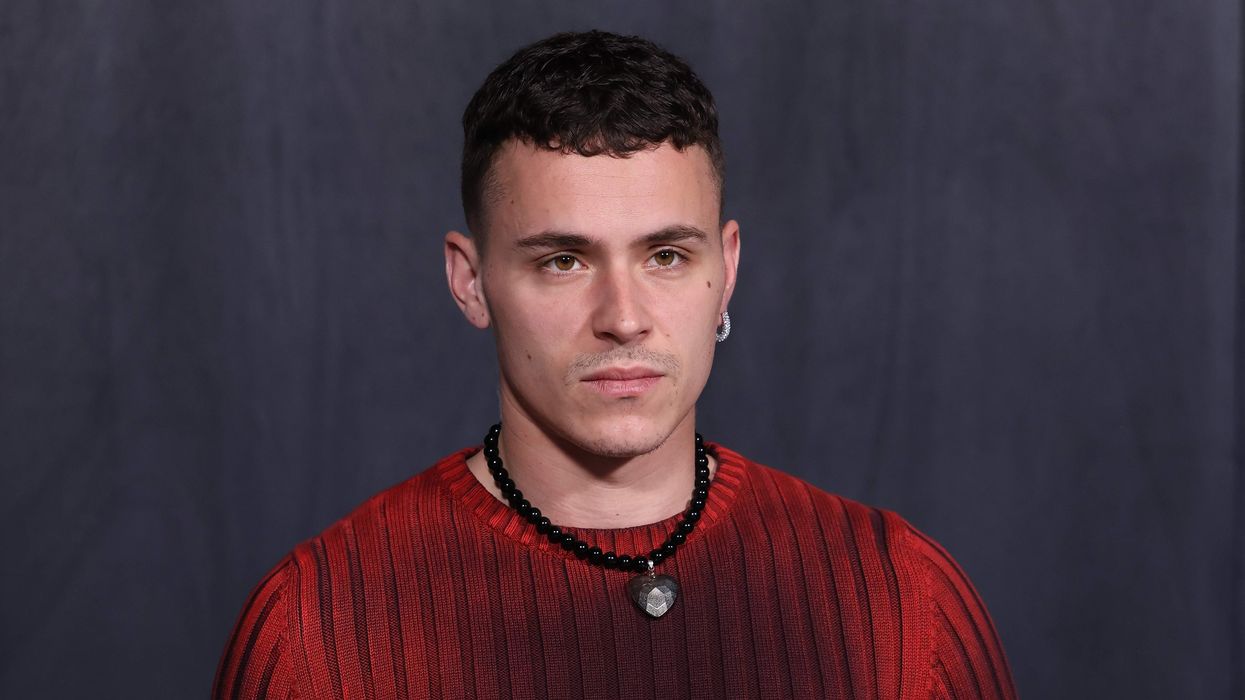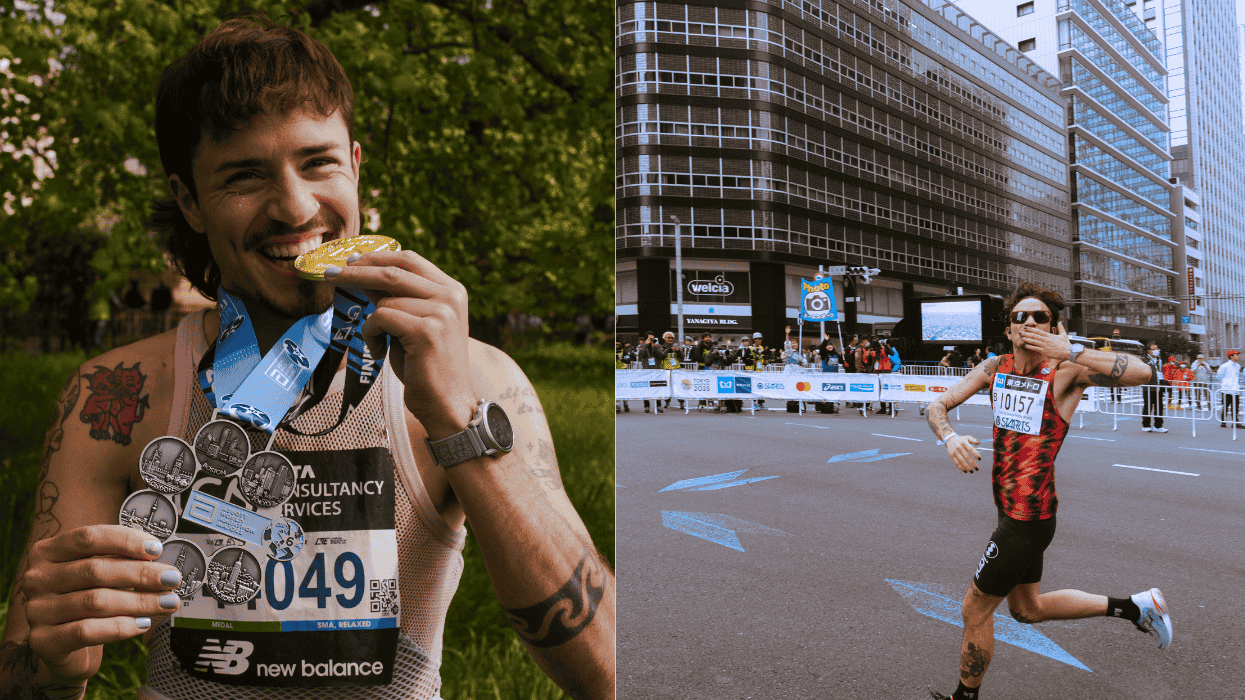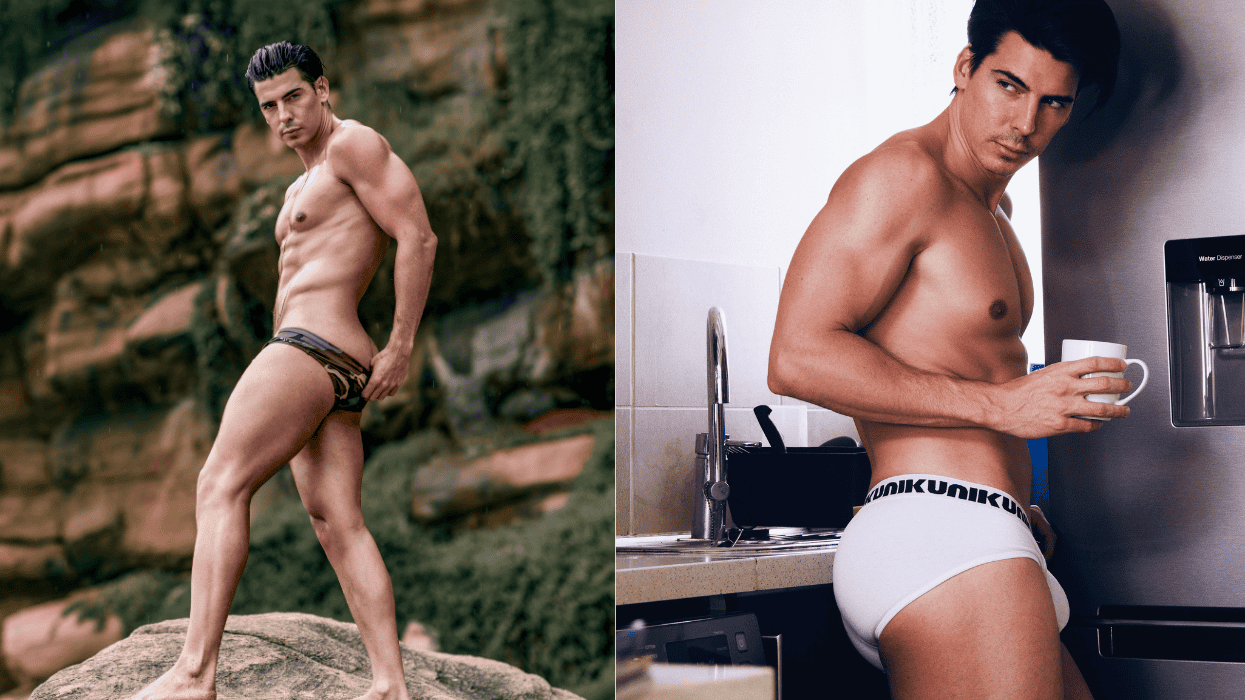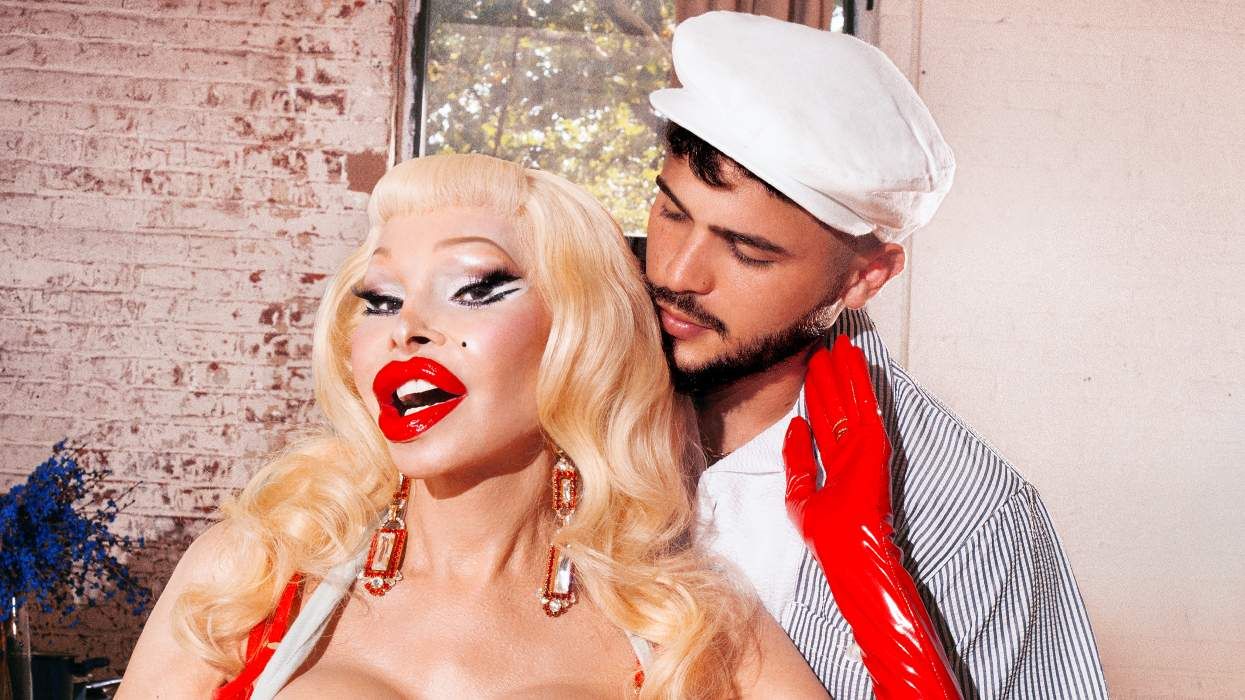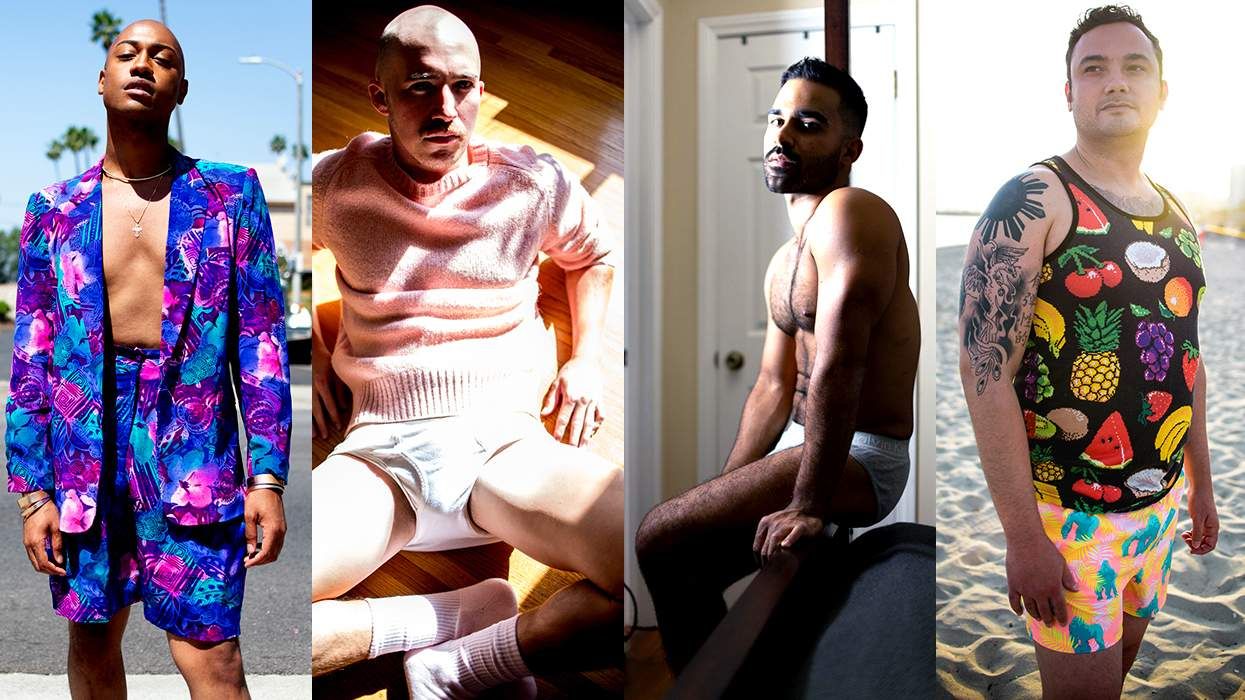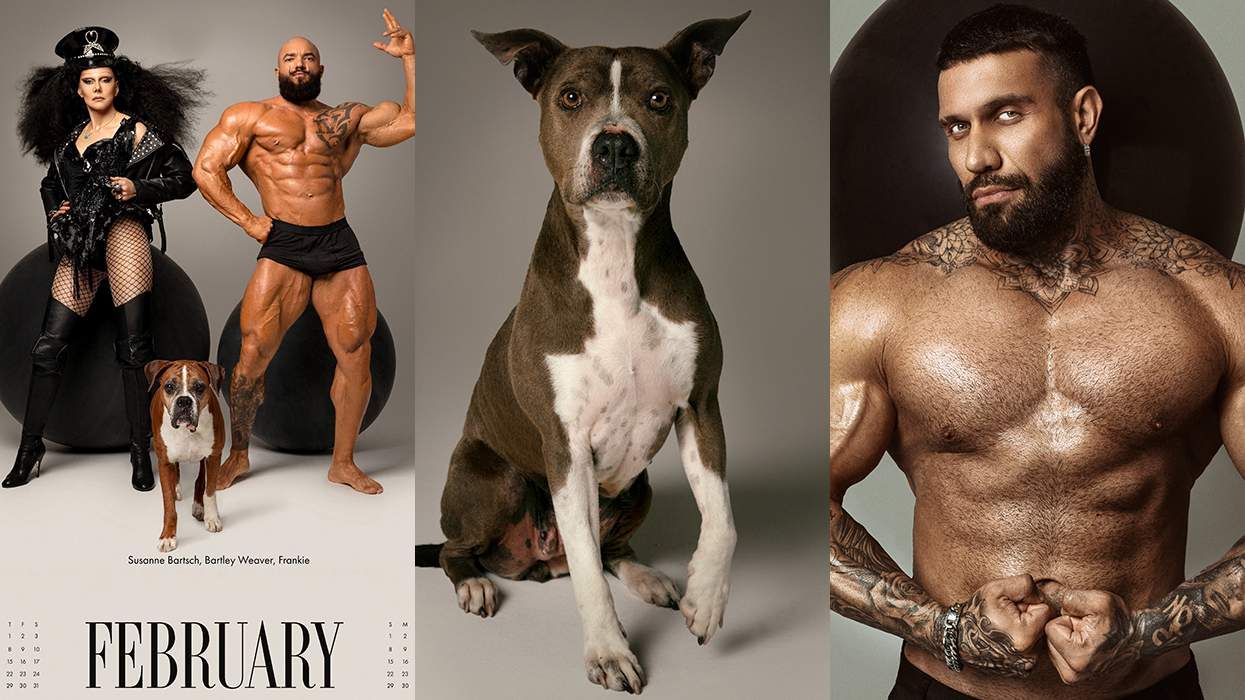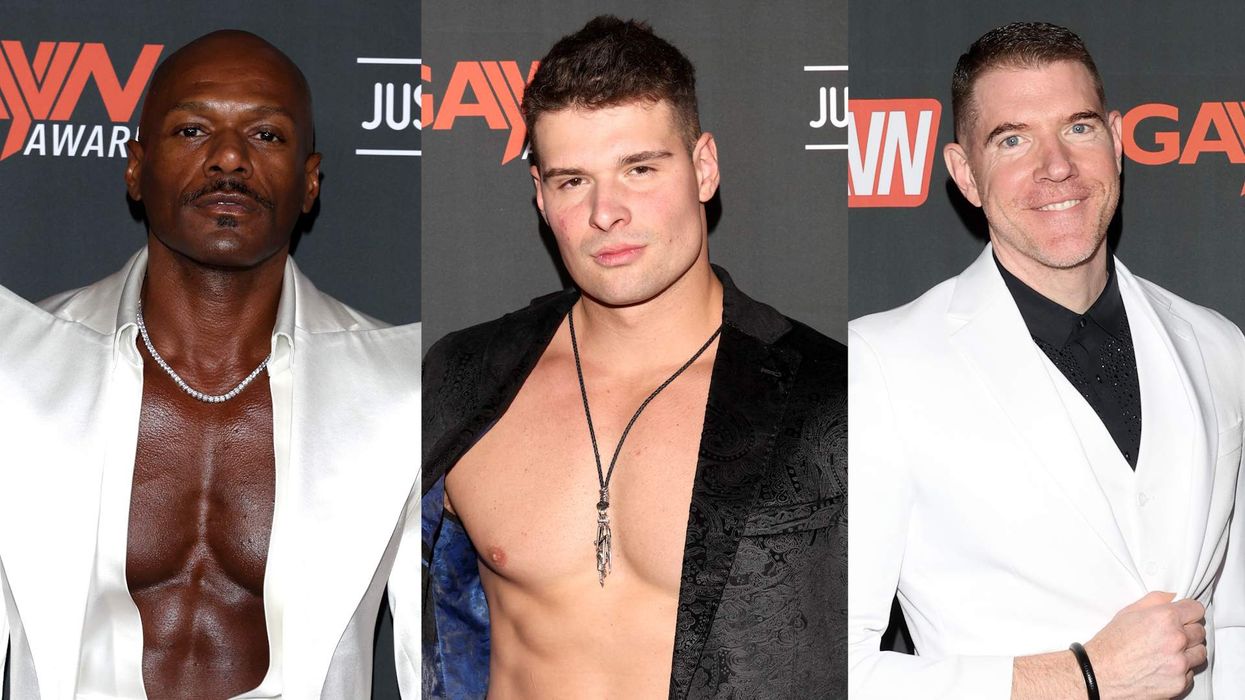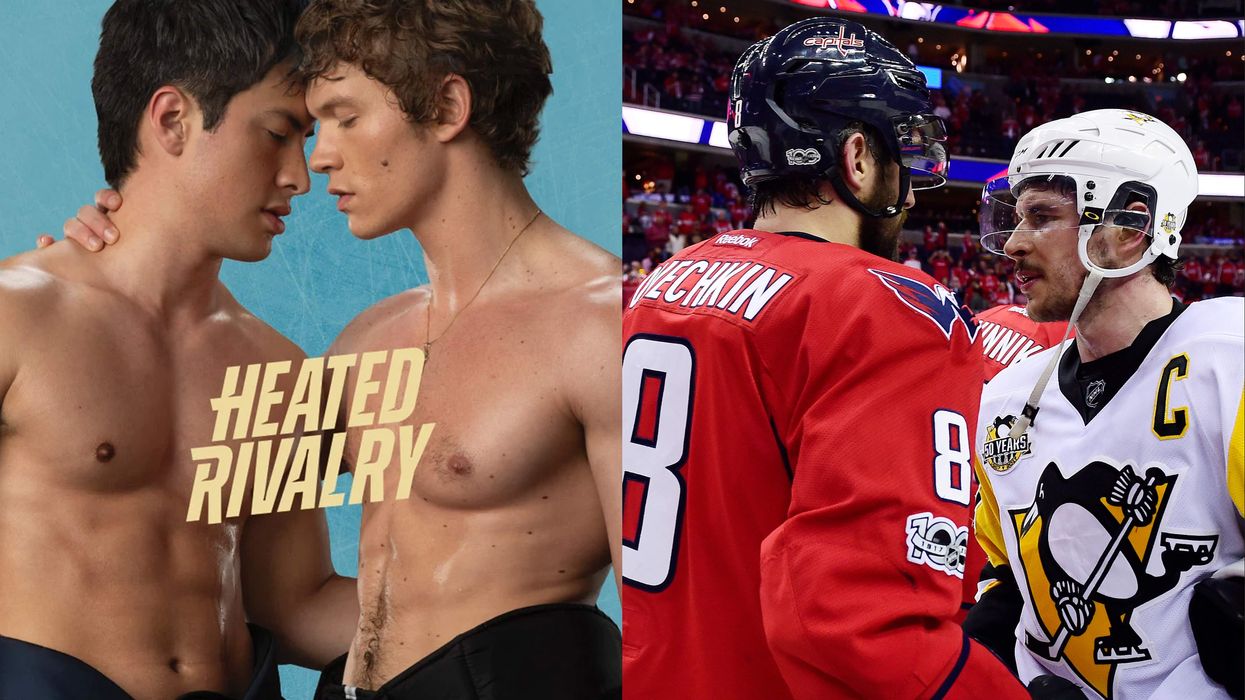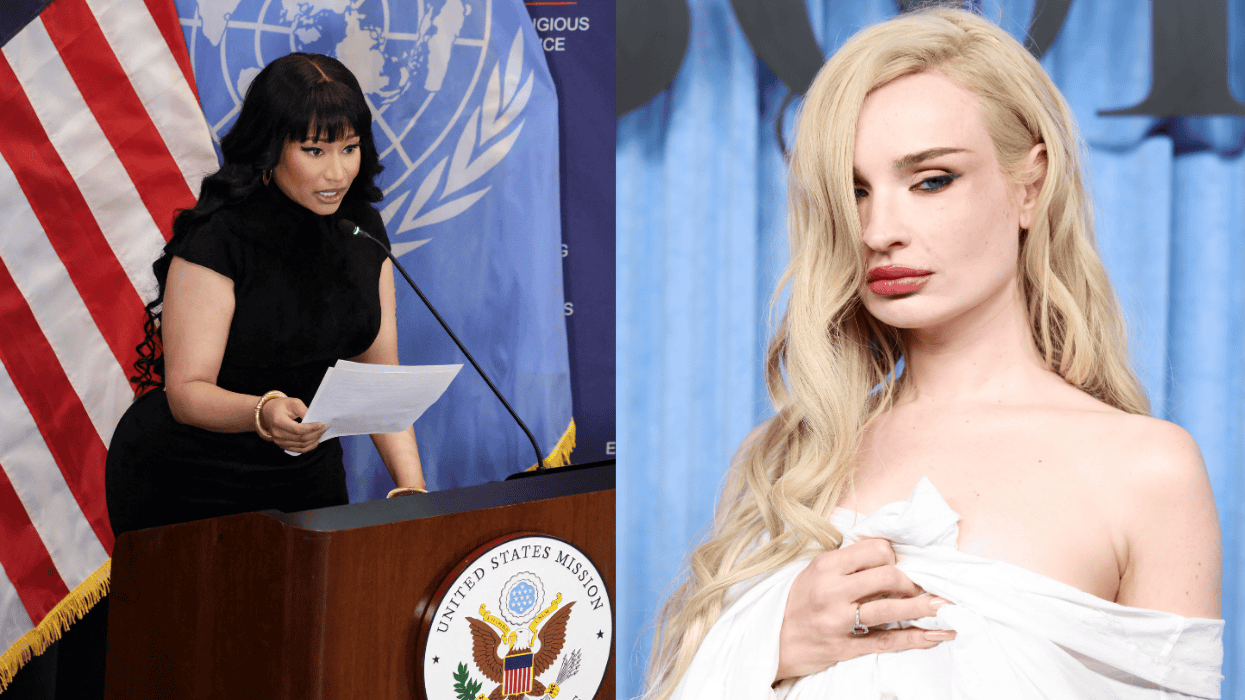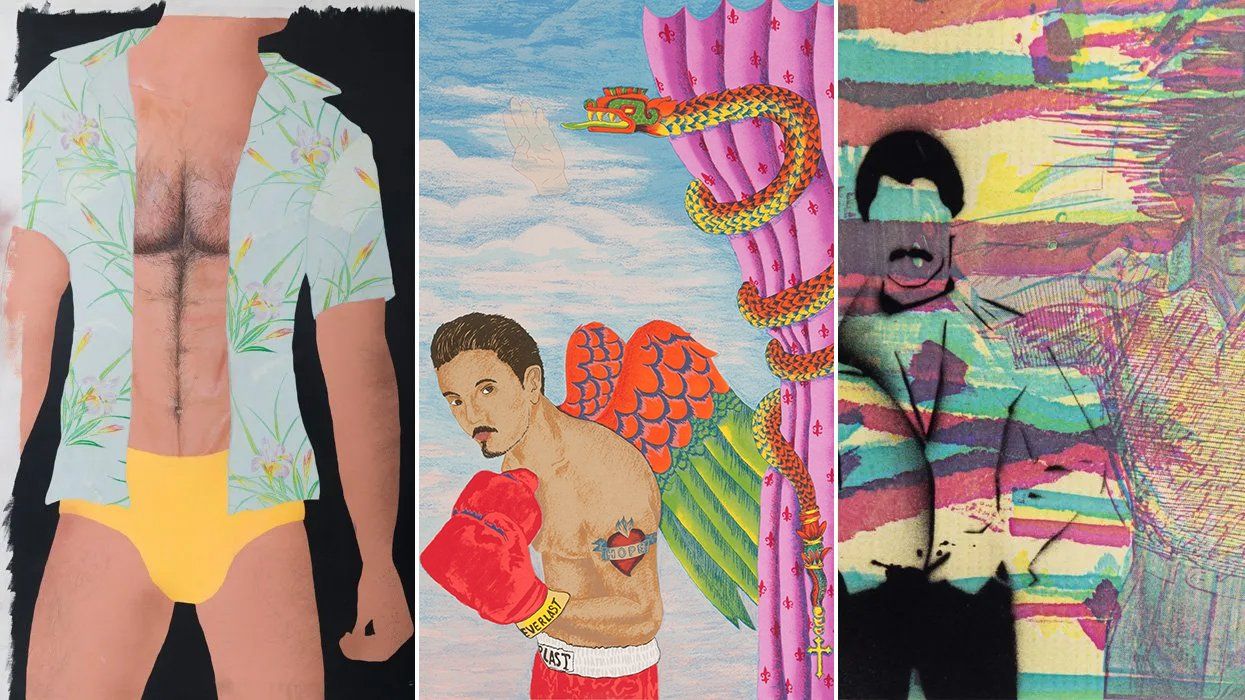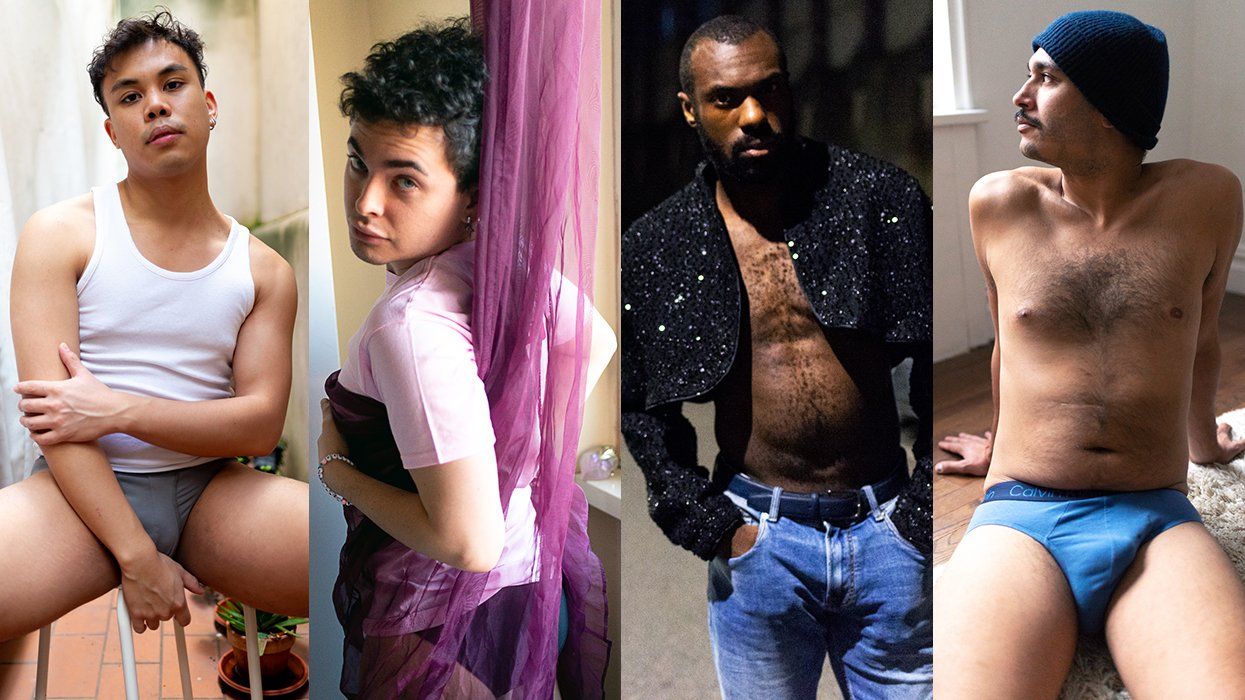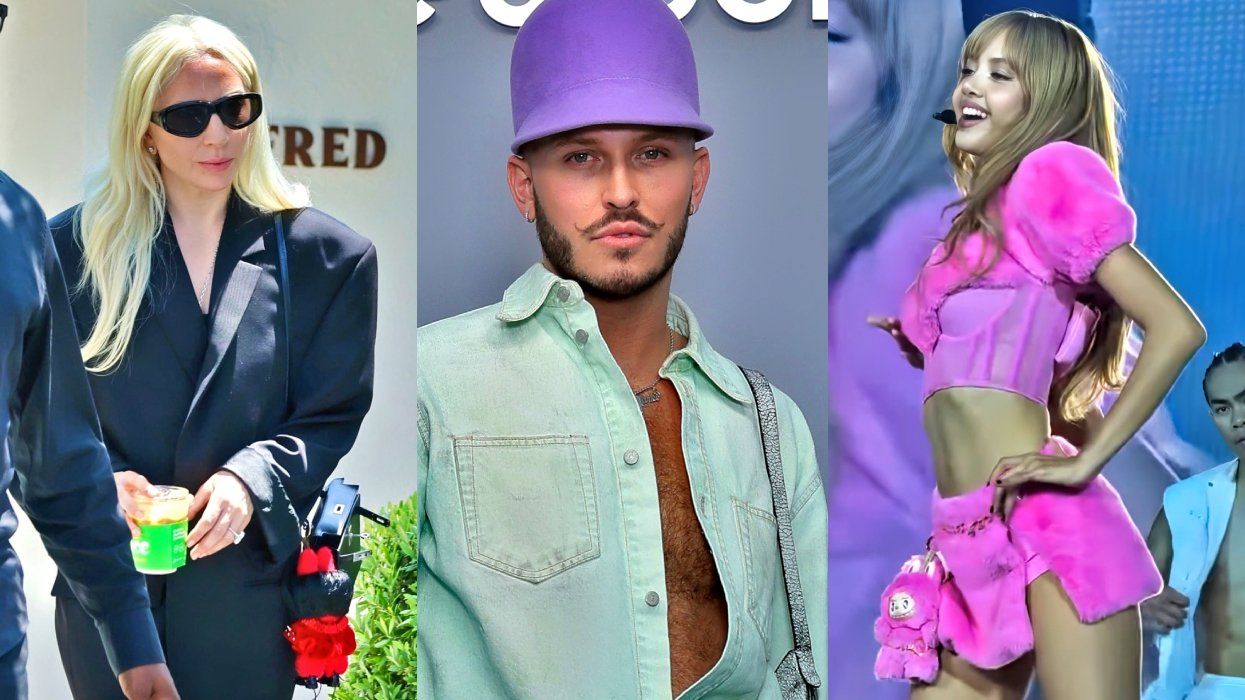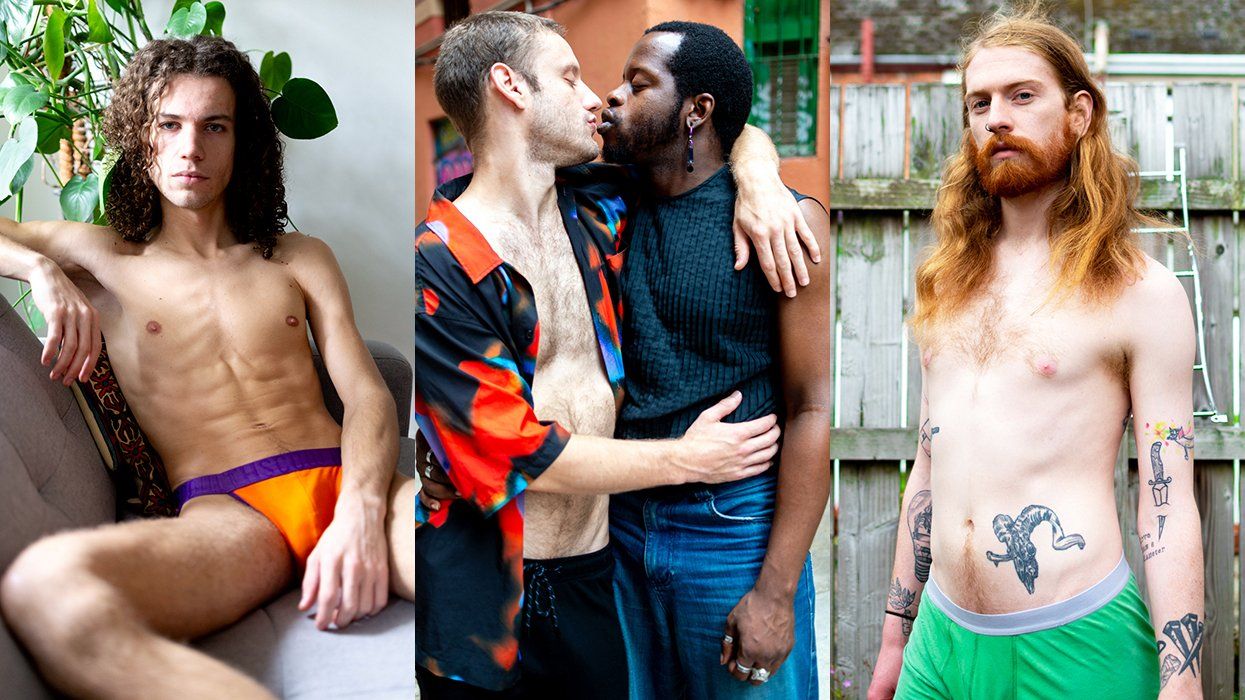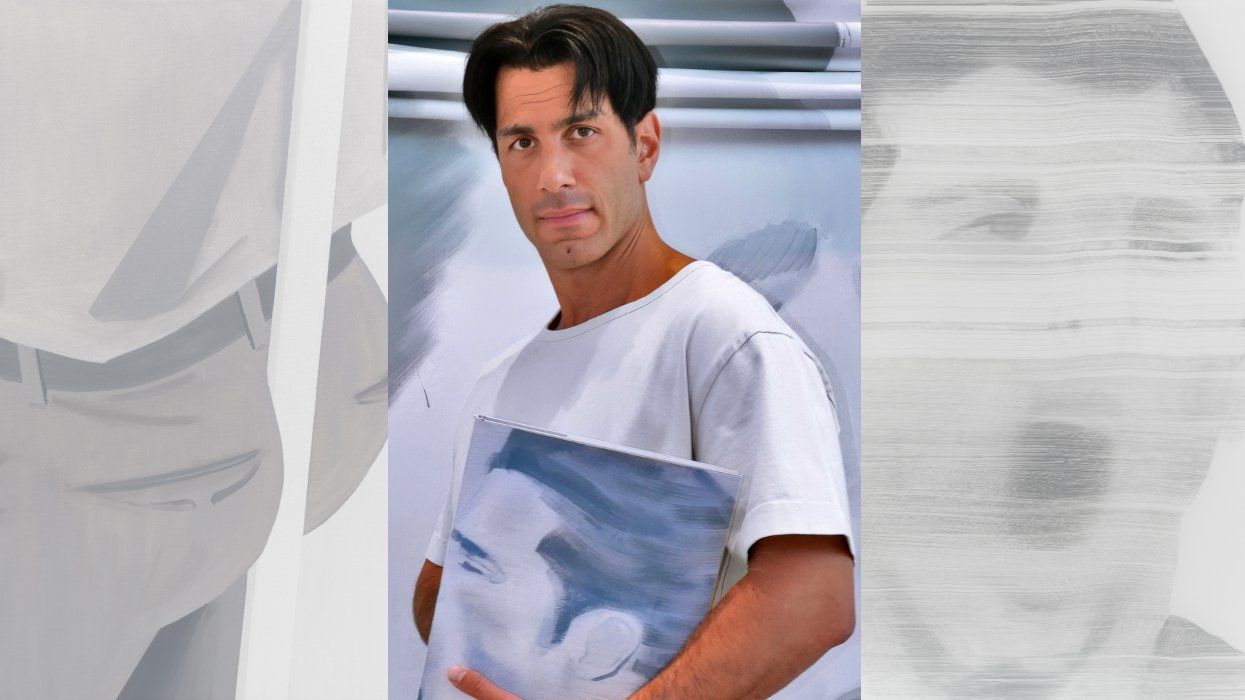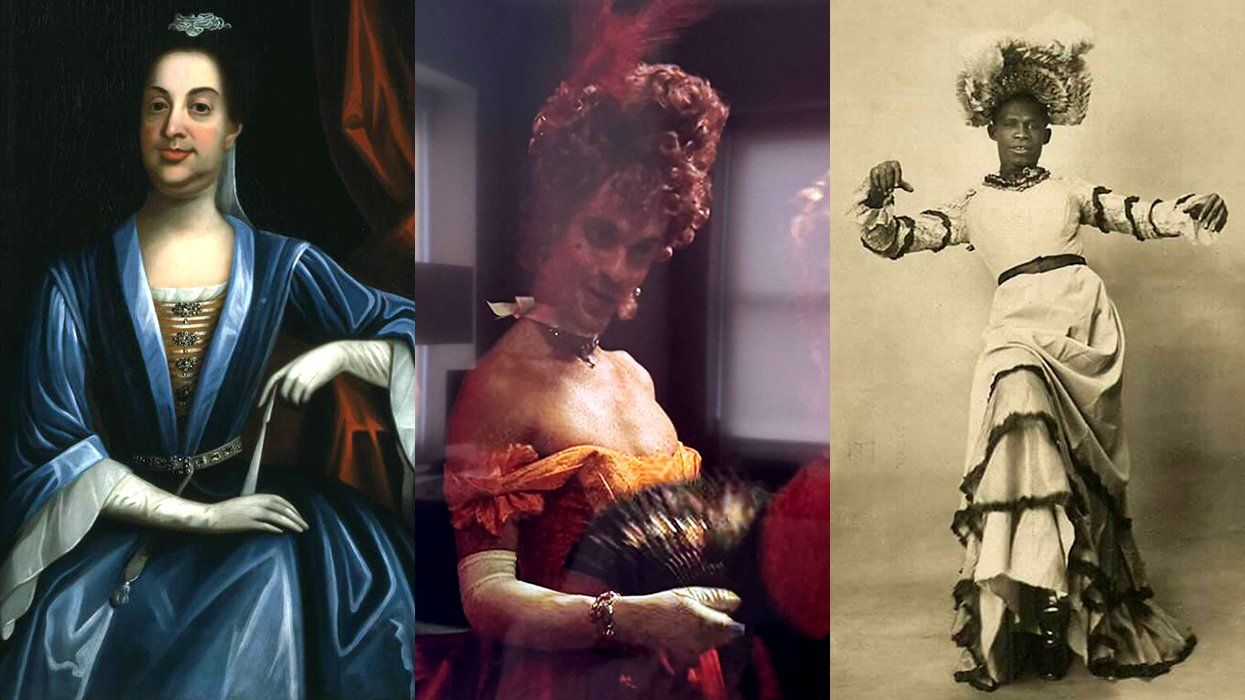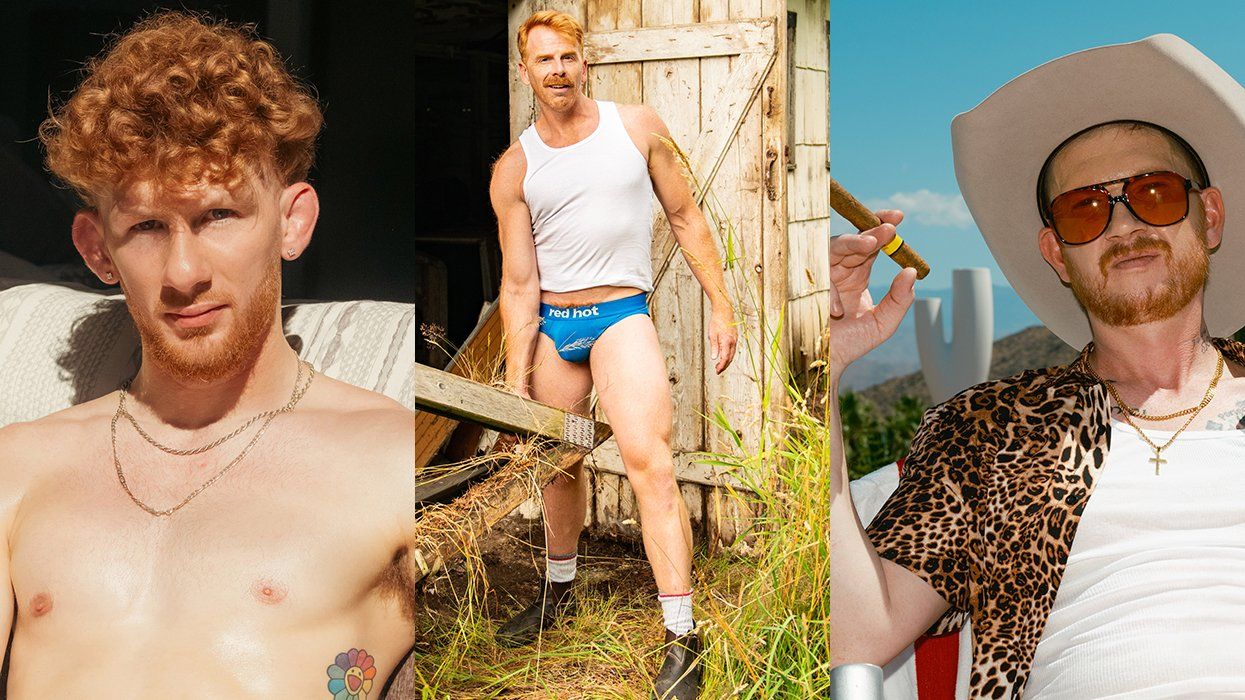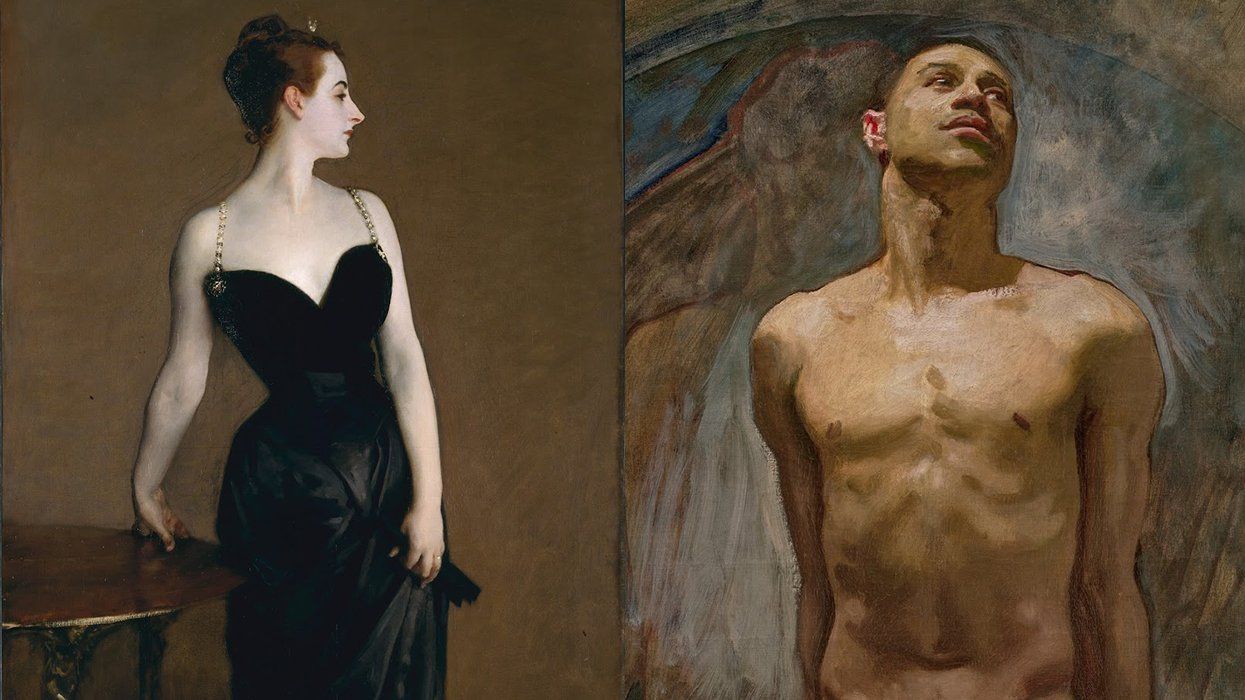Over the past few months, as my work in the world of theatre has started to make its rounds, I've found myself in dialogue with cultural critics, peers, and audiences about how I define queer art and whether I deem the art I make to be "queer." This has been both exhilarating and vexatious; in the most generous light, the impulse to label my work "queer art" comes from an excitement to introduce my thought and works into a canon that is predominantly white, cisgender, and male.
Yet in a darker reality, identity politics work in tandem with capitalism, situating work into an identity group that flattens it into a more consumable and possibly profitable object for the populace. This is a curious position to put queer art and artists in. While queer work is often profitable, it is rarely so because it is not easily consumable or even flat -- the visual art of Chantal Akerman and the writing of Tony Kushner comes to mind. Queer work, to me, tends to be too geometrically unyielding to grasp hold of, let alone flattened. Yet colloquially, queer art, even outside of the popular imagination, seems unable to free itself from the burden of "representation," forcing us to ignore the vibrant queer thought and expression around us. The problem with simply settling for representation is that no one body can represent all of queer identity. Even someone like Kushner, whose queer art is as profitable as it is complex and unwieldy, erases so many disparate queer identities in the space it takes up.
I tend to tell people that I feel I truly won't be making a queer work until I begin making anime. So often the narrative work I see labeled as "queer" moves with such literalism that I'd rather not associate myself too closely with it. My definition of queer art is more defined by a work with a radical internal logic that defies the external logic of its form, which anime does profusely.
But anime aside for a second, a cursory Google search of the "best queer films of 2018" led me to Out's own list of the top 17 -- created by a previous editorial team. Of the films listed, 12 of them are parsing out the lives of cis men, 11 focus on the lives of white people, all but one are about characters or figures who are L, G, or B, and one is Bohemian Rhapsody. Reading this list, one is left believing that queerness is not an aesthetic that can be tracked, but more an identity to spot within a narrative that will align it with a history of bodies. Yet many of these movies feel no different aesthetically or narratively from other work within the genre they are situated. For example, what, outside of the identity of the character portrayed, makes a film like Boy Erased a queer drama and not just a drama?
The queerest drama of the year, for me, was Steve McQueen's Widows, which morphed its genre with a dexterity and fluidity that defied the logic of its form while radiating with a radical logic of its own. McQueen said to E. Alex Jung of New York Magazine, when asked about what he learned from New Queer Cinema, "It allowed me the idea of possibilities -- that healthy thing of seeing other ways of doing things and other languages and other methods and ideologies. It just broadens the possibilities of how you want to make films."
New Queer Cinema, which was coined in 1992 by B. Ruby Rich, is shorthand to describe a swath of disparate films primarily made by queer-identifying filmmakers throughout the 90's (Todd Haynes, Laurie Lynd, Gregg Araki, and Gus Van Sant among the loudest voices) who defined queerness for the era cinematically. Thinking about that era, I have often found myself drawing closer to the ethos of possibilities in its narrative liberation, as well as the way it breaks down its own genre. Anime does just that.
Take the series Kill La Kill, which follows Ryuko as she battles through a dystopian high school owned by a fashion conglomerate that sits upon a town run like a serfdom. It is unique in that it straddles two camps of anime: it is "magical girl" (as is Sailor Moon) when she finds a sentient school uniform that attaches itself to her, and it is "shounen" (like Dragon Ball Z), complete with multiple, episodic fights that eventually lead to leveling-up. Where the show may not feature any explicitly queer content or relationships (although innuendo abounds), its inability to adhere strictly to the binaried genders of its genre makes it feel, in my opinion, more queer than something like Call Me by Your Name.
I fancy myself a formalist. As a waifish fag in southwestern Virginia, I was imbued, through my attachment to formalism, with a haughty, withering gaze that has always felt like a defining tool for queer critique. At a young age, I learned that having a keen, retaining eye was something that could be both a weapon of critique and a shield from it. The work most formative to me was that which could move outside its constrained, conservative confines to elegiac, emotive heights far beyond its form: Blue Velvet, Far From Heaven, and Watermelon Woman. This quality is the one my gaze seeks, the gaze with which I look at my work and at all others.
Our culture, consumed by late capitalism, is quickly abandoning the need for clearly defined genres (and genders) for cultural production. Moreover, every day the act of proudly existing as an Other, in resistance to patriarchy and white supremacy, becomes in itself a cultural product and avenue for capital. The objectification of this essential aspect of our current moment codifies the need to establish the primacy of queer thought because a thought is ephemeral while a representative body is not. Thinking about art in this way is the only weapon and the only shield we have in defining what makes the work we produce "queer" -- not by its queer characters or its marketing demographics, but by the innately queer ways it might push the envelope and broaden the scope of our identities.
This article appears in Out's May issue featuring artist Zanele Muholi and model Ruth Bell as cover stars. The issue is guest edited by Kimberly Drew. To read more, grab your own copy of the issue on Kindle, Nook, Zinio or (newly) Apple News+ today. Preview more of the issue here and click here to subscribe.




